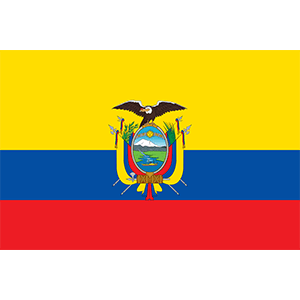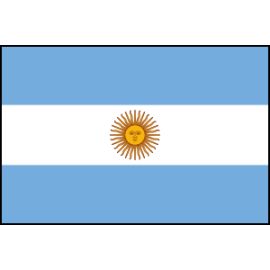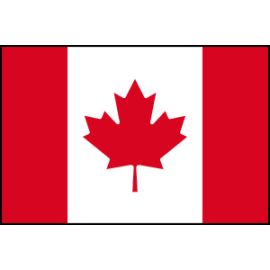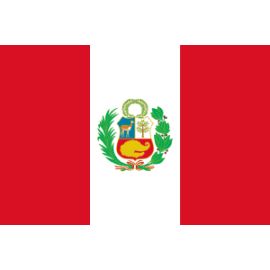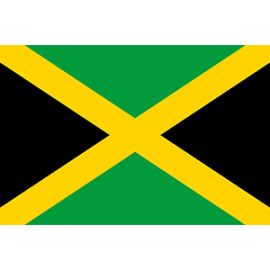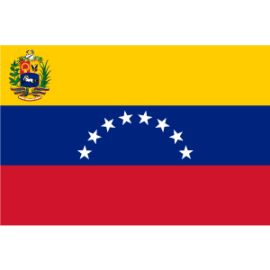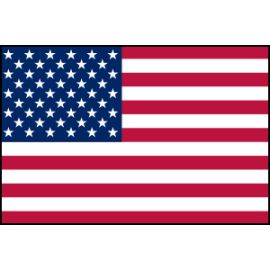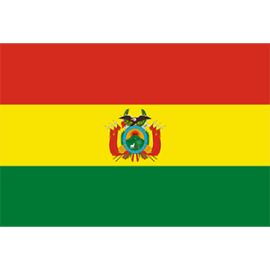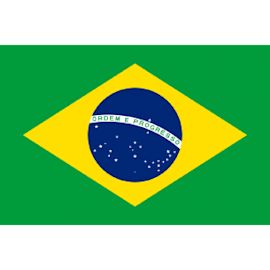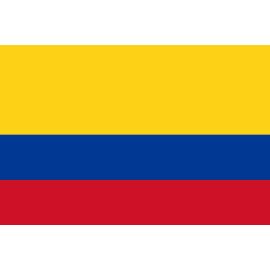Search results
- Group StageCopa America
 EcuadorJun 22,6:00 pm GMT-04:00Levi's Stadium
EcuadorJun 22,6:00 pm GMT-04:00Levi's Stadium Venezuela
VenezuelaOther matches
Copa America 6:00 pm GMT-04:00 Jun 26 vs 
Jamaica - Overview
- Relief
- Drainage
- Soils
Ecuador, country of northwestern South America. Ecuador is one of the most environmentally diverse countries in the world, and it has contributed notably to the environmental sciences. The first scientific expedition to measure the circumference of Earth, led by Charles-Marie de La Condamine of France, was based in Ecuador. Moreover, research in Ecuador by the renowned naturalists Alexander von Humboldt of Prussia and Charles Darwin of England helped establish basic theories of modern geography, ecology, and evolutionary biology. Ecuador has a rich cultural heritage. Much of what is now Ecuador came to be included in the Inca empire, the largest political unit of pre-Columbian America.
Economically, Ecuador became known for exporting Panama hats (straw hats so named because they were shipped to Panama in the mid-18th century and bought by traveling gold seekers and because they were worn by Panama Canal work crews in the early 19th century) and agricultural products, notably cacao (the source of cocoa beans), bananas, and flowers. It is a major exporter of petroleum and an increasingly important tourist destination. Its history has been marked by political and economic challenges, including long periods of military rule, boom-and-bust economic cycles, and inequitable distributions of wealth. Ecuador is unusual among Latin American countries in having two major centres of population and commerce, the vibrant port city of Guayaquil acting as a counterbalance to the capital, Quito, located in the Andean highlands in the north-central part of the country.
Ecuador straddles part of the Andes Mountains and occupies part of the Amazon basin. Situated on the Equator, from which its name derives, it borders Colombia to the north, Peru to the east and the south, and the Pacific Ocean to the west. It includes the Pacific archipelago of the Galapagos Islands (Archipiélago de Colón).
The Ecuadoran mainland is divided into three main physical regions: the Costa (coastal region), the Sierra (highland region), and the Oriente (eastern region).
Britannica Quiz
Countries & Their Features
The Costa is composed of lowlands that extend eastward from the Pacific Ocean to the western edge of the Andes and rise from sea level to an elevation of 1,650 feet (500 metres). Running north-south, small coastal mountain ranges—the Colonche, Chindul, and Mache mountains—rise to 2,600 feet (800 metres). Between these coastal ranges and the Andes, interior valleys are mantled with silt deposits left by rivers that largely drain into the Gulf of Guayaquil. Puná, in the gulf, is the major island.
The Sierra includes two high mountain chains and their western and eastern foothills. The western and central ranges of the Andes bordering the Sierra constitute the country’s highest and most continuous mountain chains. Many peaks are volcanic or snow-covered; these include Cayambe (18,996 feet [5,790 metres]), Antisana (18,714 feet [5,704 metres]), Cotopaxi, which is one of the world’s highest active volcanoes (19,347 feet [5,897 metres]), Chimborazo (20,702 feet [6,310 metres]), Altar (17,451 feet [5,319 metres]), and Sangay (17,158 feet [5,230 metres]). These are included in two ranges connected at intervals by transversal mountain chains, between which are large isolated valleys or basins, called hoyas.
Numerous rivers originate in the mountains, pass through the hoyas of the Sierra, and flow either west to the Pacific coast or east to the Amazon River. In the Sierra the rivers are torrential in their upper courses and become calmer in the plains areas but nonetheless remain unnavigable.
The main watercourse of the Costa is the Guayas River. Formed by the juncture of the Daule and Babahoyo rivers and their affluents, the Guayas River is navigable for the greater part of its course. Other rivers that flow to the ocean include the Cayapas, the Esmeraldas, the Naranjal, the Jubones, and the Santa Rosa.
Ecuador’s soils are among the most varied on Earth. Volcanic activity at higher elevations in the Andes has resulted in the formation of fertile volcanic and prairie soils, called andosols and mollisols, with dark surface layers rich in organic matter. However, the soils are typically underlain by a yellow hardpan, locally called cangahua, which is often exposed on eroded steeper slopes. The eroded topsoil accumulates on lower slopes and especially on flats, which form the most desirable locations for agriculture. Indigenous people, over thousands of years, developed effective methods for the fertilization of these soils, including the use of manure, the mounding of fertilizing muck from drainage ditches, the creation of raised fields, and the use of irrigation canals.
In the Costa the floodplains of the Guayas and other rivers have accumulated fertile silts from the highlands. These coastal soils are of great fertility but often consist of clays that are subject to shrinking and swelling and thus present problems for construction. The effectiveness of traditional methods of managing these soils has come to be more widely recognized, and such prehistoric techniques as embanked fields for runoff management (albarradas) and raised fields (artificially constructed earthen platforms built on shallow lakes or marshy areas) have been studied by development experts.
- Quito. Best city for living the Andean highlife. Strewn across a mountain valley and surrounded by volcanoes, Quito is quite the spectacle. The Ecuadorian capital is a fascinating melange of cultures and a living museum of Spanish-era architecture.
- The Equator. Best place to stand in two hemispheres at once. Straddling the equator – hence its name – Ecuador is one of the few places where travelers can take selfies of themselves with one foot in each hemisphere.
- Baños. Best place for volcanic adventures. Baños is the place to go if you like living dangerously. Its main draw is the menacing Tungurahua volcano, which has been belching lava and ash since the '90s, periodically forcing residents to flee.
- The Avenue of Volcanoes. Best place to hike close to the sun. A bit of trivia: the closest point on Earth to the sun is in Ecuador. The bragging rights belong to the 6263m (20,548ft) Chimborazo volcano.
Jan 15, 2024 · Ecuador country profile. 15 January. Ecuador is a patchwork of ethnic identities, a complex legacy of its indigenous and colonial past. Long the heartland of a series of native Andean ...
Feb 25, 2021 · Learn about Ecuador's geography, provinces, capital, population, currency and more with maps and facts. Explore the diverse regions, landscapes, wildlife and heritage of this South American country.
People also ask
Where is Quito located?
Where is Ecuador located?
Which countries border Ecuador?
Is Ecuador a megadiverse country?
Discover Ecuador's diverse attractions, from the Andes and the Amazon to the Galápagos Islands. Find tips on the best time and places to visit, transportation, visa, money and more.
4 days ago · Learn about Ecuador's geography, climate, culture, and safety before you go. Find out how to deal with altitude sickness, sun protection, toilet paper, tipping, and more.
